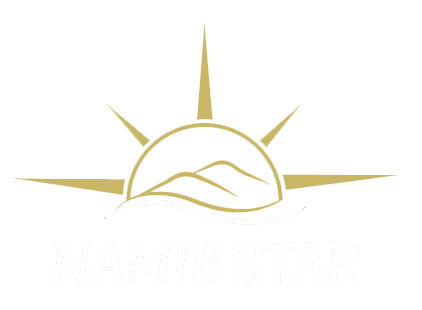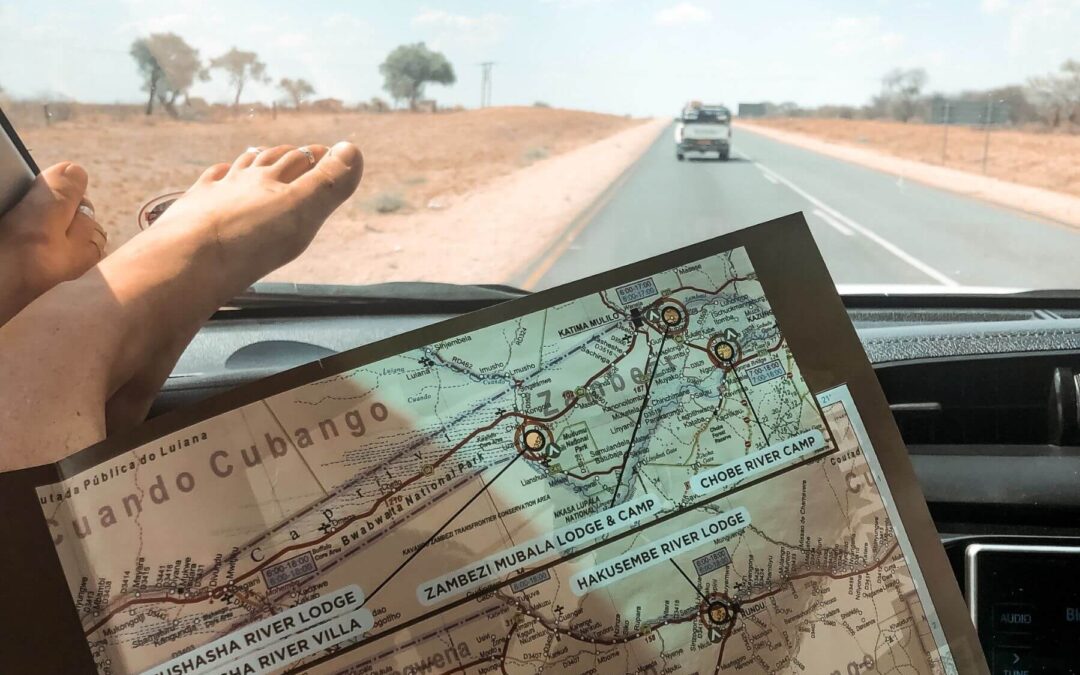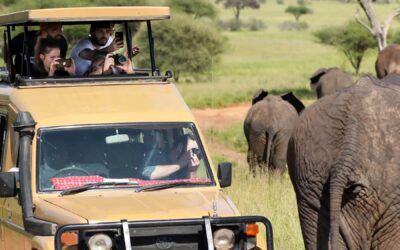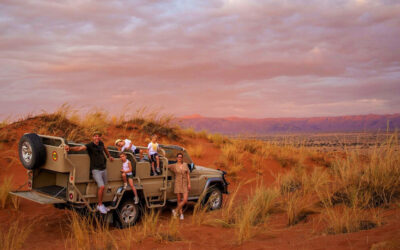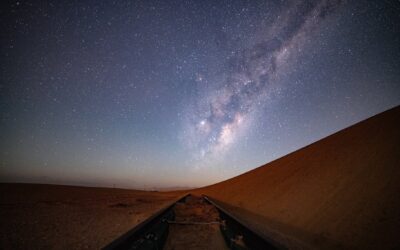Namibia is a great road trip destination with its stunning scenery, vast wilderness, and diverse culture. Namibia’s road infrastructure is generally well-maintained and suitable for self-driving, although some rural areas may have rough or unpaved roads (often called “gravel roads” or “dirt roads”), however they are wide and well marked.
Namibia is safe and has a lot to offer what makes it a perfect African destination
Scenic routes: Namibia offers some of the most scenic drives in the world, with breathtaking landscapes of dunes, canyons, and mountains. The famous Sossusvlei sand dunes, the Fish River Canyon, and the Skeleton Coast are just a few of the must-see attractions that can be accessed by road.
Wildlife sightings: Namibia is home to a rich array of wildlife, including elephants, lions, giraffes, and many other species. Driving through national parks and reserves such as Etosha, Damaraland, and Caprivi can provide incredible opportunities to see these animals up close.
Culture and history: Namibia is a melting pot of cultures, with indigenous tribes, colonial heritage, and modern influences. Road trips can take you to historical landmarks such as Swakopmund, the Herero and Himba villages, and the Namib Desert.
Adventure activities: Namibia is a playground for adventure enthusiasts, with activities such as sandboarding, skydiving, and quad biking. Many of these activities can be accessed by road, and some lodges and campsites offer on-site activities.
Friendly locals: Namibians are known for their hospitality and warmth towards visitors. Meeting locals along the way can be a highlight of a road trip, and can provide unique insights into the country’s culture and traditions.
Don’t be afraid to travel to Namibia with kids
Namibia is a great destination for families with kids. With its stunning landscapes, wildlife, and cultural attractions, Namibia has something for everyone. Here are some tips for traveling to Namibia with kids:
Plan your itinerary carefully: Namibia is a large country with long distances between attractions. Make sure to plan your itinerary in advance, and include plenty of rest stops and time for kids to stretch their legs.
Consider a self-drive safari: Namibia has some of the best wildlife reserves in Africa, and a self-drive safari can be a great way to see the animals up close. Many lodges and campsites have family-friendly accommodation and activities, such as game drives, guided walks, and cultural tours.
Pack appropriately: Namibia can be hot and dry, so make sure to pack lightweight, breathable clothing, hats, and sunscreen. Also, pack insect repellent and malaria prophylaxis if you’re traveling to areas with malaria.
Be prepared for the unexpected: Namibia is a remote country with limited infrastructure, so be prepared for unexpected challenges, such as flat tires, power outages, or water shortages. Bring extra food, water, and supplies in case of emergencies.
Road infrastructure in Namibia
Namibia’s road infrastructure is generally well-maintained and suitable for self-driving, although some rural areas may have rough or unpaved roads. Here are some important things to know about Namibia’s road infrastructure:
Primary routes: Namibia has several well-maintained primary routes that connect major cities and towns, such as the B1, B2, and B8 highways. These are generally paved and suitable for all vehicles, including cars and camper vans.
Secondary roads: Some secondary roads in rural areas may be unpaved or have rough surfaces. These roads may require a four-wheel drive vehicle and may be more challenging to navigate, particularly during the rainy season.
Gas stations: Gas stations are widely available throughout Namibia, particularly in urban areas and along main highways. However, it is recommended to carry extra fuel and water in case of emergencies, particularly in remote areas.
Driving regulations: Namibia drives on the left side of the road, and drivers are required to have a valid driver’s license and carry their passport or ID at all times. Speed limits are generally posted and enforced, and fines may be issued for traffic violations.
Road safety: Namibia has a relatively high rate of road accidents, particularly on rural roads. Drivers should be aware of the road conditions, follow traffic rules, and drive defensively. It is also recommended to drive during daylight hours and avoid driving at night, particularly in rural areas where wildlife may be present.
Namibia’s road infrastructure is suitable for self-driving, but it’s important to plan your route carefully, drive safely, and be prepared for unexpected road conditions or emergencies. Traveling to Namibia with kids can be a rewarding and unforgettable experience. Just be sure to plan carefully, pack wisely, and stay flexible.
Ready to Book Your Trip with us?
NamibStar provides quality tours and experiences in Namibia. Our services include guided tours in small groups and amazing accommodation.
Have questions?
Read more:
How Much Does a Family Safari Cost?
How much is a family safari holiday in Africa? The cost of an African safari can vary anywhere between $130 and $1500 per person per night. Activities, costs of food and accommodation can add up to hundreds of dollars a day. Africa is not a budget travellers...
Namibia: undiscovered holiday destination
Namibia: undiscovered family-friendly destination Africa is gaining popularity rapidly as tourists who are interested in less-commercial destinations are flooding the continent. You have certainly heard about Kenya, South Africa and Mauritius, but what if you...
Interesting facts about Namibia that will blow your mind
Interesting facts about Namibia that will blow your mind Namibia, located in southwest Africa, is a country distinguished by the Namib Desert along its Atlantic Ocean coast. This incredible piece of coastline is unlike any beach you've seen. The destination is known...
